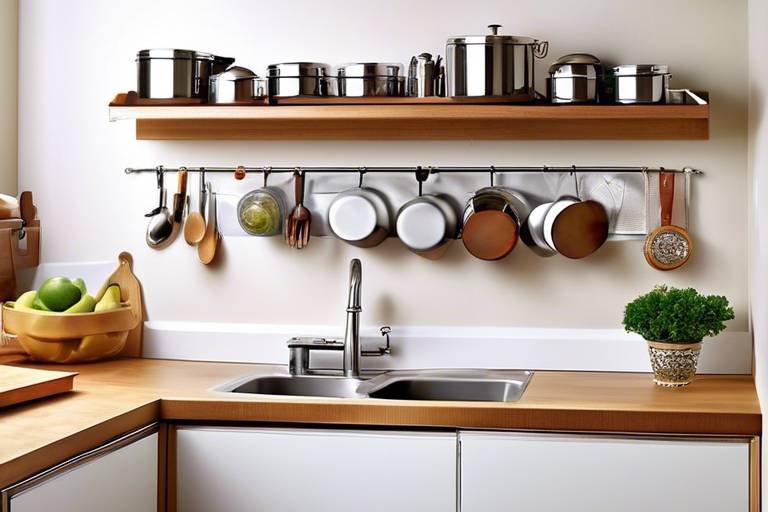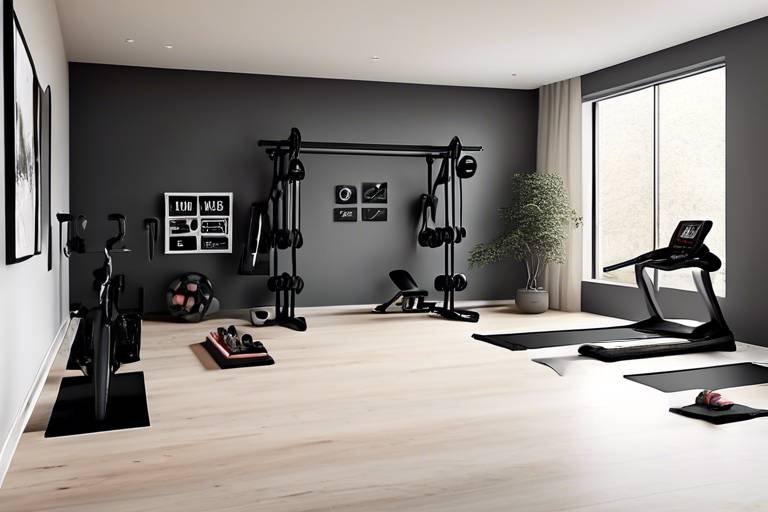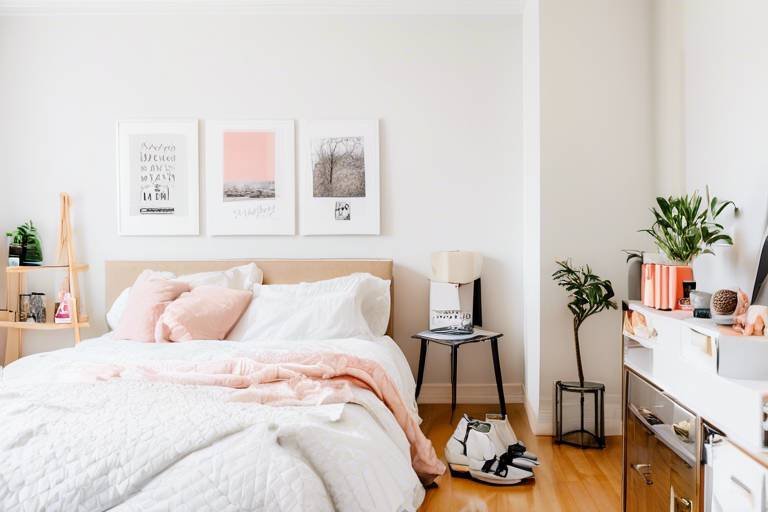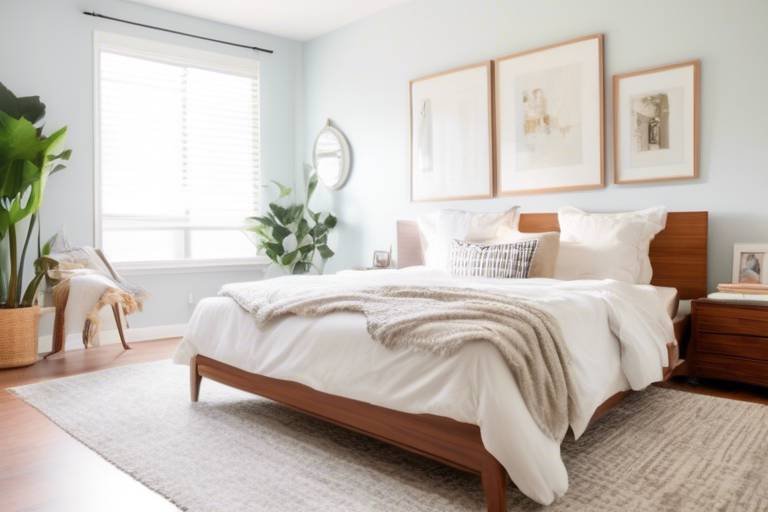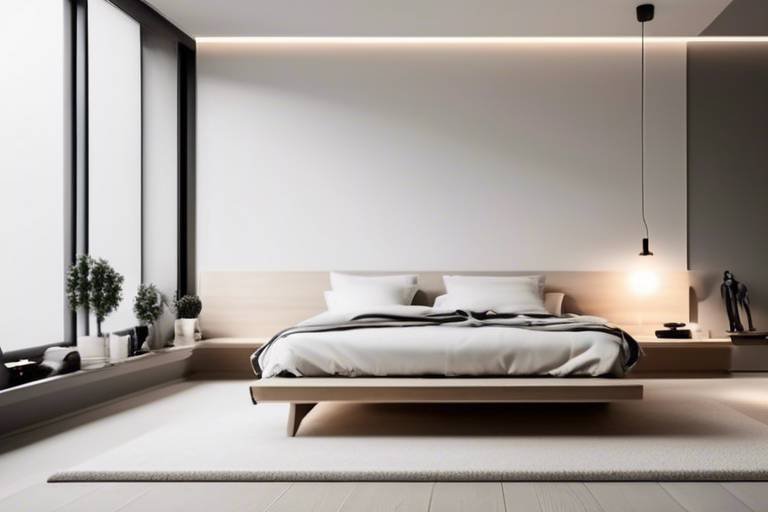How to Organize Your Closet by Category and Season
Organizing your closet by category and season is a game-changer when it comes to simplifying your daily routine and maximizing your wardrobe's potential. By categorizing your clothes and arranging them according to the seasons, you can save time, reduce stress, and make getting dressed a breeze. Let's delve into the benefits and practical steps of organizing your closet in this efficient and effective manner.

Benefits of Organizing Your Closet
Organizing your closet can bring a multitude of benefits that go beyond just having a tidy space. A well-organized closet can save you valuable time and reduce the stress of getting ready each day. Imagine never having to search through piles of clothes to find that one perfect outfit for the day. With a well-organized closet, everything is at your fingertips, making your morning routine a breeze.
By sorting your clothes by category, you can streamline your daily dressing routine. Having sections dedicated to specific types of clothing such as tops, bottoms, dresses, and outerwear can help you quickly locate what you need without creating a mess in the process. This method not only saves time but also keeps your closet looking neat and orderly.
Organizing your closet by season is another game-changer. By rotating your wardrobe based on the time of year, you can make the most of your clothing collection. Storing off-season items in a separate area or using storage bins can help declutter your main closet space and make it easier to access clothes that are currently in season.
To maximize storage space in your closet, consider utilizing closet organizers such as shelves, hanging organizers, and storage bins. These tools can help you make the most of every inch of space and prevent clutter from accumulating. With a well-organized closet, you can see all your clothing and accessories at a glance, making it easier to put together stylish outfits.
Color-coding your closet is not just visually appealing but also practical. By grouping similar colored items together, you can quickly identify pieces that go well together and create cohesive outfits. This method can simplify the process of choosing what to wear and save you time in the long run.
Creating a donation pile is an essential step in decluttering your closet. As you organize your clothes, set aside items that you no longer wear or need. By donating these pieces, you not only free up space in your closet but also give them a new life with someone who will appreciate them.
Maintaining the organization of your closet is key to preventing it from becoming cluttered again. Make it a habit to regularly assess your wardrobe, donate items you no longer use, and keep everything in its designated place. By staying on top of your closet organization, you can enjoy a stress-free and efficient dressing experience every day.

Sorting by Category
When it comes to organizing your closet, sorting your clothes by category is a fundamental step that can significantly improve your daily dressing routine. By grouping similar items together, you can easily locate specific pieces when putting together an outfit. Imagine having all your shirts neatly arranged in one section, pants in another, and accessories in their designated place. This method not only saves you time but also reduces the stress of rummaging through a cluttered closet in the morning rush.
By categorizing your clothing, you create a visual structure that allows you to see your wardrobe at a glance. This visual organization can help you identify any gaps or duplicates in your collection. For example, if you notice that you have an abundance of black tops but lack variety in bottoms, you can make more informed decisions when shopping to balance out your wardrobe.
Furthermore, sorting by category enables you to create outfit combinations more efficiently. When all your items are grouped together, you can easily mix and match pieces without having to search through different sections of your closet. This streamlined process can spark creativity in styling and encourage you to experiment with new looks that you may not have considered before.

Organizing by Season
Organizing your closet by season is a game-changer when it comes to maximizing the functionality of your wardrobe. By categorizing your clothes according to the seasons, you can easily access the appropriate attire for the current weather conditions. Imagine the convenience of having all your summer dresses and shorts neatly stored away during the winter months, making room for cozy sweaters and jackets to take their place.
When organizing by season, consider creating designated sections in your closet for each time of the year. Utilize storage bins or vacuum-sealed bags to store off-season clothing efficiently, keeping them protected from dust and damage. This method not only frees up space in your closet but also allows you to focus on the clothes that are relevant for the current season, making getting dressed a breeze.
Additionally, organizing by season enables you to assess your wardrobe periodically and identify items that may need repair or replacement before the upcoming season. It also provides an opportunity to declutter and donate items that no longer serve you, ensuring that your closet remains streamlined and functional throughout the year.

Maximizing Storage Space
When it comes to maximizing storage space in your closet, it's essential to get creative with how you organize your clothing and accessories. One effective strategy is to invest in multi-functional closet organizers that can make the most out of every inch of space available. By utilizing hanging shelves, stackable bins, and shoe racks, you can create a more efficient storage system that allows you to see and access all your items easily.
Another tip for maximizing storage space is to make use of vertical space in your closet. Installing additional shelves or hooks on the doors can provide extra storage for items like handbags, scarves, or jewelry. By thinking vertically, you can free up valuable shelf and floor space for bulkier items like sweaters or boots.
Consider using storage solutions that are specifically designed for small spaces, such as slim hangers that take up less room than traditional ones or collapsible storage bins that can be easily tucked away when not in use. These space-saving options can help you make the most of a compact closet without sacrificing functionality.
For items that are out of season, vacuum-sealed storage bags can be a game-changer. These bags compress clothing and bedding to a fraction of their original size, allowing you to store more in less space. They are especially useful for bulky winter coats or extra bedding that you only need during certain times of the year.
Lastly, don't overlook the potential of utilizing the floor space in your closet. Under-bed storage containers or rolling drawers can be used to store shoes, handbags, or seasonal items that you don't need to access frequently. By maximizing every inch of available space, you can create a well-organized closet that meets all your storage needs.
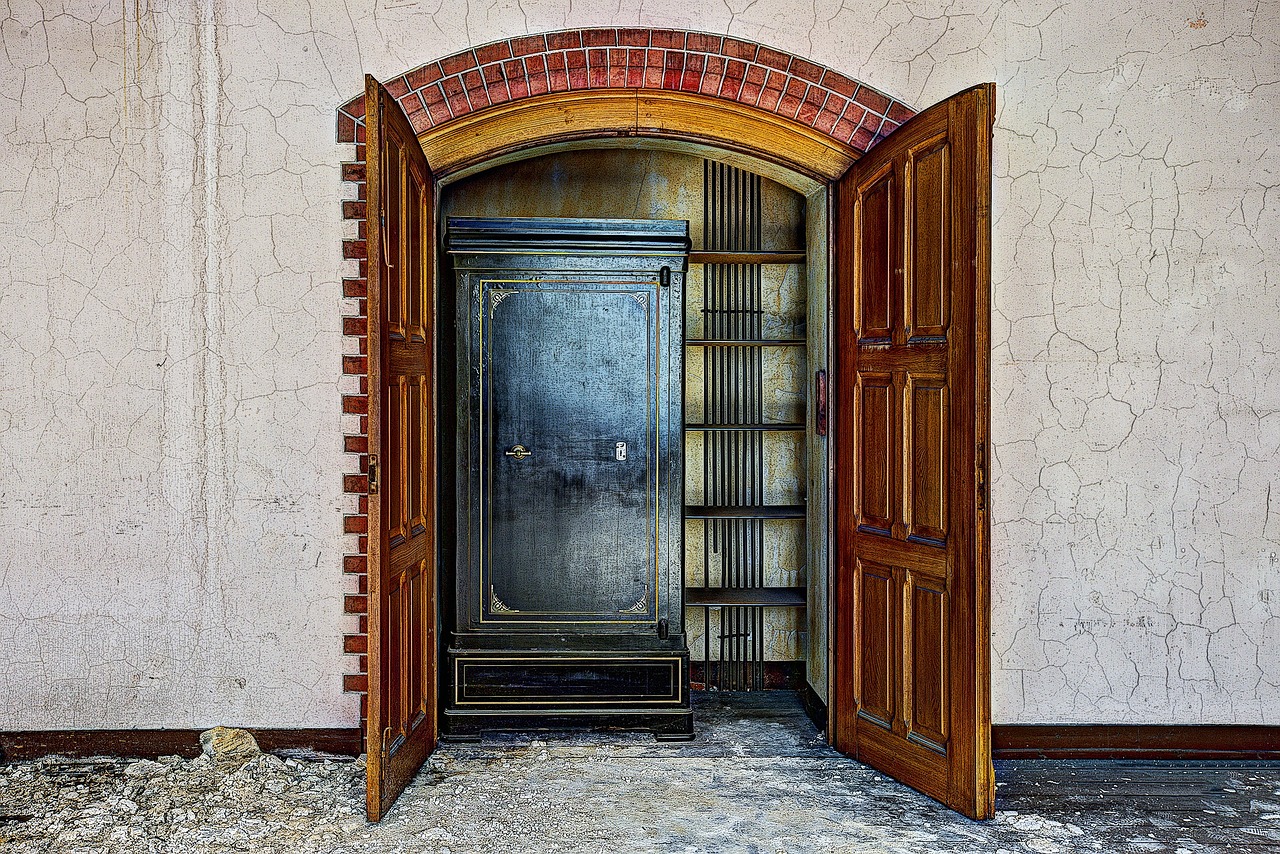
Color Coding Your Closet
Color coding your closet can revolutionize the way you approach your wardrobe. By categorizing your clothes by color, you create a visually appealing and highly functional system that makes it effortless to put together stylish outfits. Imagine opening your closet doors to a rainbow of colors neatly arranged before you, each shade harmonizing with the next like a beautiful piece of art. This method not only adds aesthetic appeal to your closet but also saves you valuable time in the morning as you can easily locate specific items based on their color.

Utilizing Closet Organizers
When it comes to keeping your closet tidy and well-organized, utilizing closet organizers can make a significant difference in maximizing your storage space and maintaining a clutter-free environment. Closet organizers come in various types and designs, each serving a specific purpose to help you efficiently store your clothes, shoes, accessories, and other items.
One popular type of closet organizer is the hanging organizer, which is ideal for storing items like scarves, belts, or small handbags. These organizers can be hung on the back of your closet door or on a clothing rod, providing easy access to your accessories while keeping them neatly arranged.
Shelf dividers are another useful tool for organizing your closet. They can help separate stacks of clothing, such as sweaters or t-shirts, preventing them from toppling over and creating a mess. By using shelf dividers, you can maintain a structured and organized closet space, making it easier to locate items when getting dressed.
Drawer organizers are perfect for keeping smaller items like socks, underwear, or jewelry in order. These organizers come in various sizes and configurations, allowing you to customize your drawers to suit your specific storage needs. By utilizing drawer organizers, you can avoid rummaging through cluttered drawers and quickly find what you need.
If you have a collection of shoes that need proper storage, shoe racks or shoe cubbies can help keep them organized and easily accessible. Shoe organizers come in different styles, from over-the-door racks to stackable cubbies, allowing you to display your shoes neatly while saving space in your closet.
Additionally, storage bins and baskets can be handy for storing seasonal items or accessories that you don't use frequently. Labeling these bins can further enhance your organization system, making it effortless to locate specific items when needed. By incorporating a variety of closet organizers tailored to your belongings, you can transform your closet into a functional and visually appealing space.
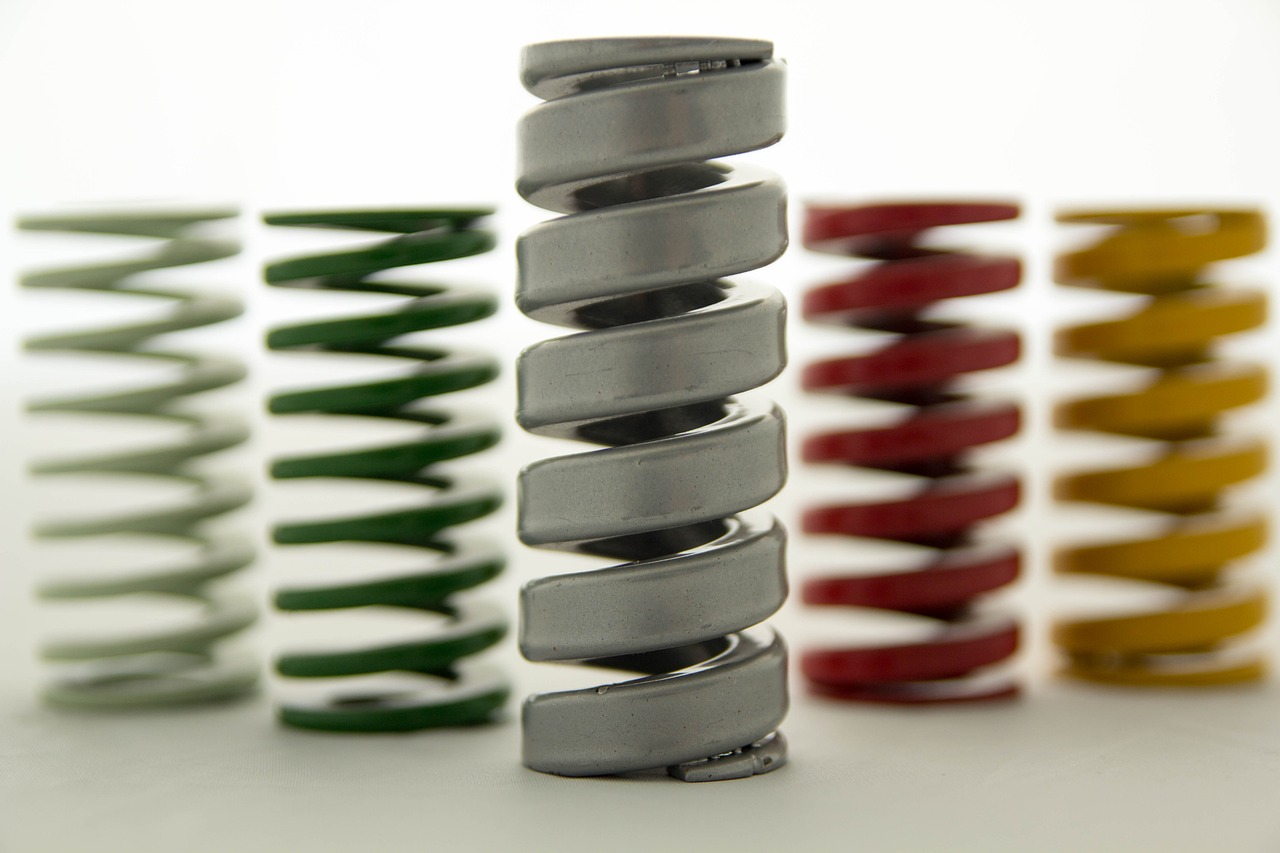
Creating a Donation Pile
When it comes to decluttering and organizing your closet, creating a donation pile is a crucial step in the process. Not only does it help you clear out items that no longer serve you, but it also allows you to give back to those in need. By setting aside pieces of clothing, shoes, or accessories that you no longer wear or need, you can make a positive impact on both your space and the lives of others.
One approach to creating a donation pile is to assess each item in your closet individually. Ask yourself if you have worn it in the past year, if it still fits you well, and if it aligns with your current style preferences. If the answer is no to any of these questions, consider adding it to the donation pile. Remember, someone else may benefit from these items more than you do.
Another strategy is to set specific criteria for what goes into the donation pile. For example, you can decide to donate any clothing that no longer sparks joy or any duplicates of items you already own. By establishing clear guidelines, you can streamline the process and make it easier to part with certain pieces.
When creating a donation pile, it's essential to separate it from the rest of your wardrobe to avoid any confusion. Use designated bags or bins to store the items you plan to donate, making sure they are easily accessible when it's time to drop them off at a donation center or charity organization. Keeping the donation pile separate also prevents you from accidentally re-integrating those items back into your closet.
Remember that the goal of creating a donation pile is not only to free up space in your closet but also to contribute to a more sustainable and compassionate way of living. By donating gently used clothing and accessories, you extend the lifespan of these items and reduce the environmental impact of fast fashion. Additionally, knowing that your donations can benefit someone in need can bring a sense of fulfillment and purpose to your decluttering efforts.
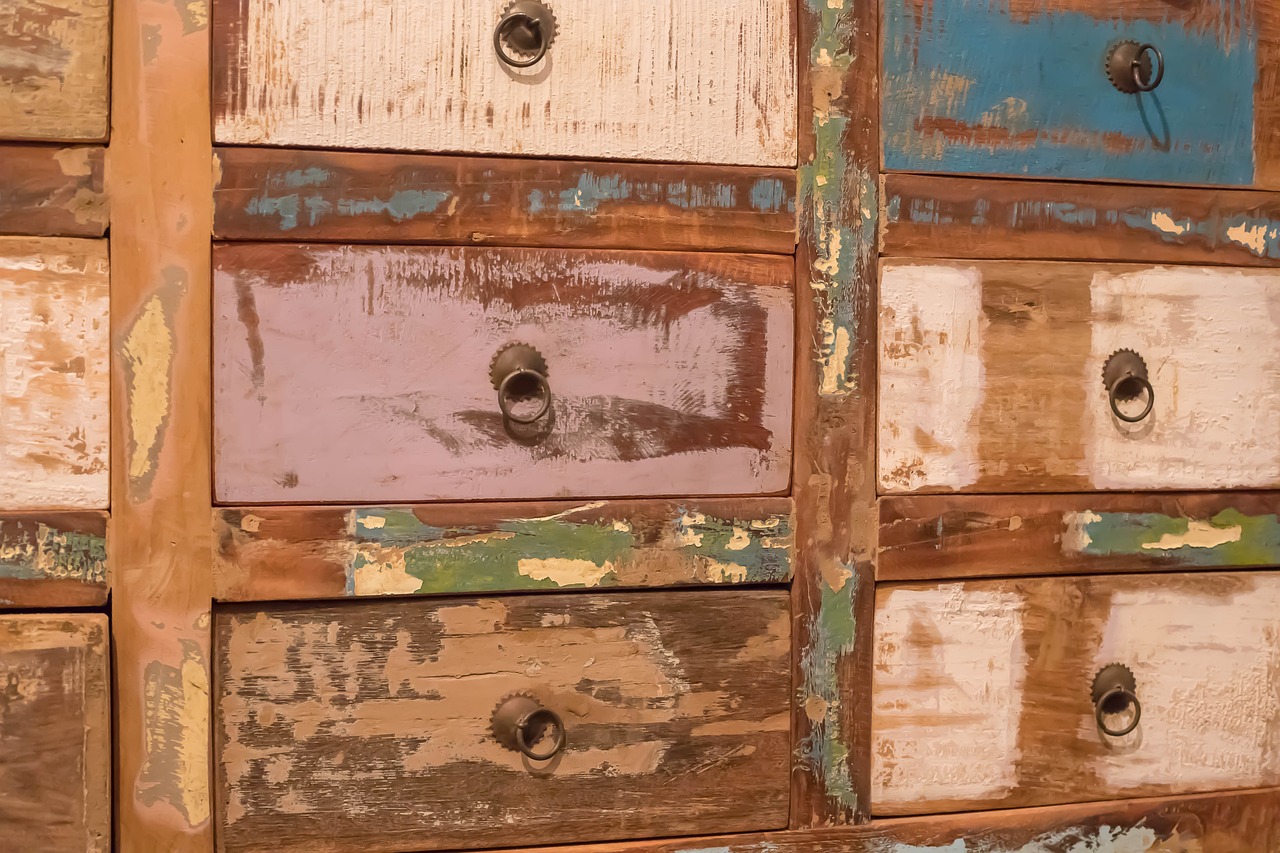
Maintaining Your Organized Closet
After successfully organizing your closet by category, season, and color, the real challenge begins - maintaining the organization. It's easy to let things slip back into chaos if you're not diligent. So, how do you ensure that your closet stays neat and orderly for the long haul?
One effective strategy is to designate specific days for quick maintenance sessions. Just like how you schedule regular cleanings for your home, setting aside time to tidy up your closet can prevent clutter from piling up. Spend a few minutes each week to rehang clothes, fold items that have gotten messy, and put accessories back in their designated spots.
Another helpful tip is to resist the urge to procrastinate. If you notice a piece of clothing lying around or a pair of shoes out of place, deal with it immediately. By addressing these small issues right away, you can prevent them from snowballing into a major mess that requires hours to fix.
Consider investing in additional storage solutions if you find that your closet is struggling to contain all your belongings. Whether it's installing extra shelves, hooks, or bins, having adequate storage space is crucial for maintaining organization. Remember, a well-organized closet isn't just about aesthetics; it's also about functionality.
Furthermore, periodically review your wardrobe to identify items that you no longer wear or need. As seasons change and your style evolves, it's natural for certain pieces to become obsolete. By regularly purging your closet of these unnecessary items, you can prevent overcrowding and make room for new additions that better reflect your current taste.
Lastly, don't underestimate the power of good habits. Simple practices like hanging up clothes after wearing them, folding laundry promptly, and returning items to their designated places can go a long way in maintaining the order of your closet. Consistency is key when it comes to organization.
Frequently Asked Questions
- How often should I organize my closet?
It is recommended to organize your closet at least twice a year, typically at the beginning of each season. This helps you assess your wardrobe, declutter items you no longer wear, and ensure everything is easily accessible.
- What is the benefit of sorting clothes by category?
Sorting clothes by category makes it easier to locate specific items when getting dressed. It also helps you see what you have in each category, preventing you from buying duplicates and ensuring you make the most of your wardrobe.
- How can color-coding my closet help?
Color-coding your closet can visually enhance the organization process. It allows you to group similar items together, making it simpler to put together coordinated outfits. This method can save time and add a touch of aesthetic appeal to your closet.
- What should I do with clothes I no longer wear?
For clothes you no longer wear, consider creating a donation pile. Donating these items can benefit others in need and also declutter your closet, making room for pieces you truly love and wear frequently.
- How can I prevent my closet from becoming cluttered again?
To maintain an organized closet, make a habit of regularly decluttering and reassessing your wardrobe. Avoid impulse purchases and only keep items that you truly enjoy wearing. Utilize storage solutions and stay consistent in your organization efforts.





